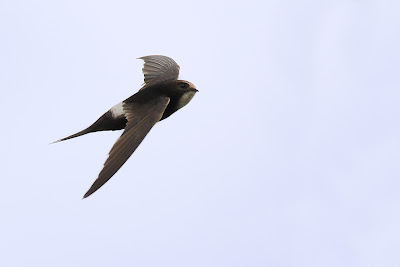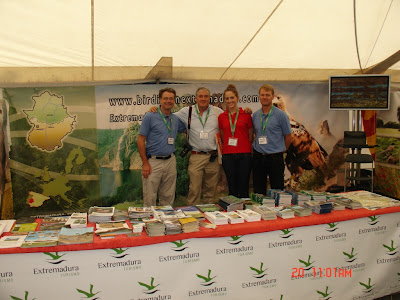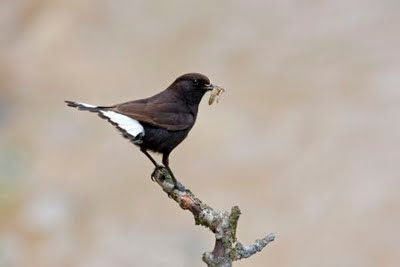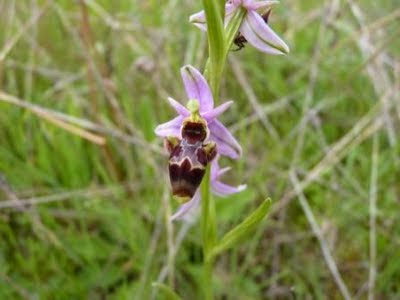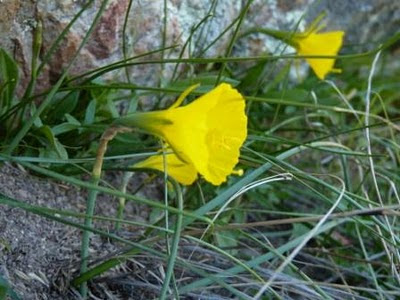Monfragüe's first visitors

Everybody who visits Extremadura with an interest in birds, and probably almost all visitors who come for other reasons too (be they cultural, gastronomic, landscape and so on) will visit the Monfragüe National Park at least once during their stay. This 18,000 hectare national park (declared as such in 2007, but previously a "natural park" since 1979) sits within a 100,000 hectare biosphere reserve and is one of the most important breeding areas for birds of prey in Europe. Indeed for the Black Vulture it has one of the largest breeding concentrations in the world with over 300 pairs. There is nowhere else where one can watch breeding vultures (three species), Black Stork, Spanish Imperial Eagle and Eagle Owl at such close quarters. Indeed so extraordinary can the views be, that local birders have nicknamed Monfragüe the "zoo". Tens of thousands of people come to Monfragüe every year specifically to watch birds and it is estimated that the total number of people wh...


